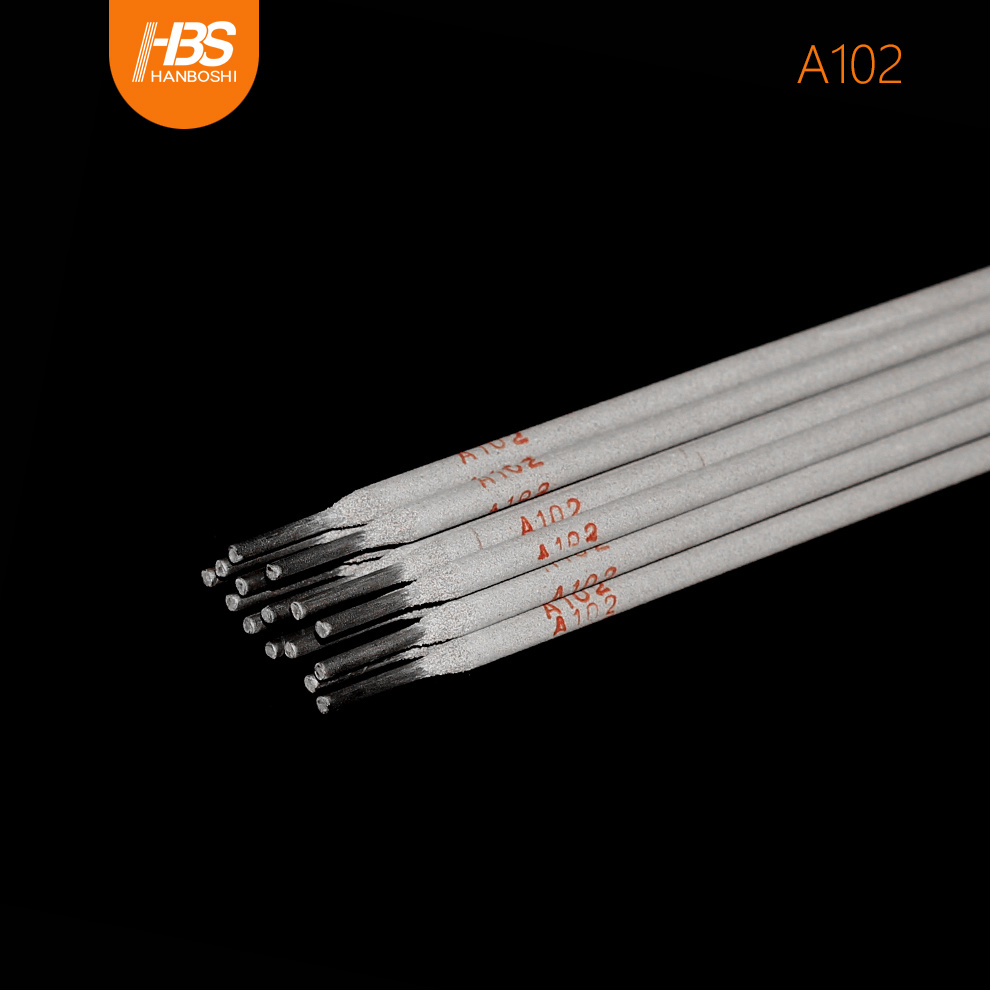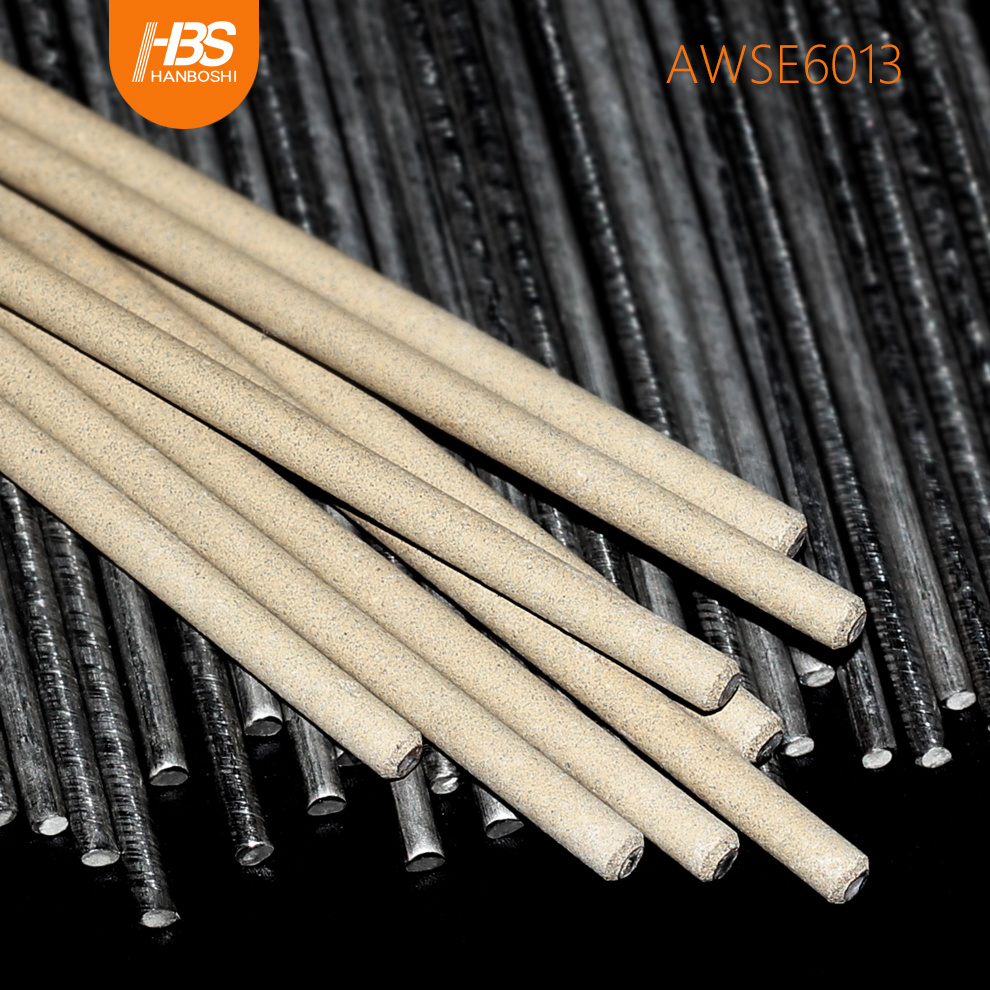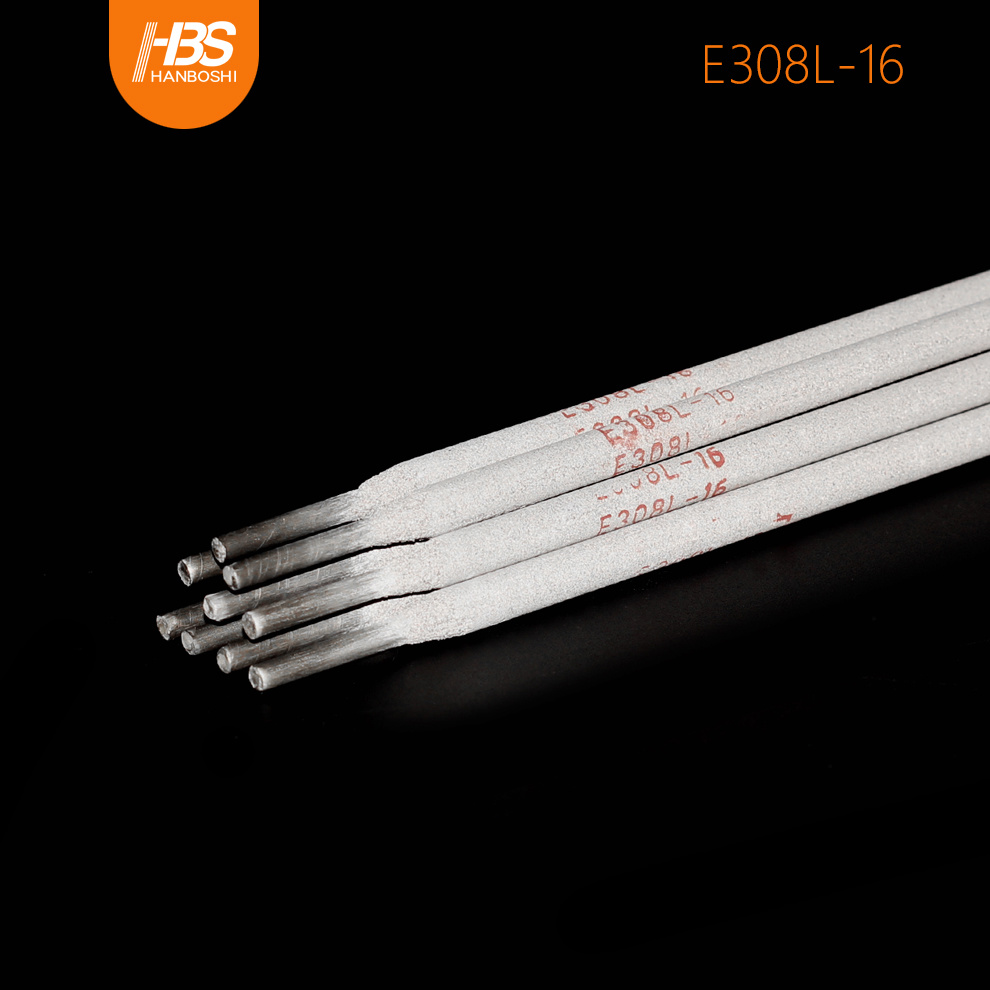
E310-16
Affiliated Categories:
Keywords:
Welding rods, low carbon steel, low alloy steel
Product Description
welding rod (coveredelectrode) is to uniformly and centripetically apply the coating (coating) on the welding core outside the metal welding core. The core is the metal core of the electrode. In order to ensure the quality and performance of the weld, the content of each metal element in the core has strict regulations, especially the content of harmful impurities (such as sulfur, phosphorus, etc.) should be strictly limited, which is better than the base metal. The welding rod is composed of two parts: the welding core and the coating. Its type is different, the core is also different. The composition of
welding core directly affects the composition and performance of the weld metal, so the harmful elements in the welding core should be as few as possible. Welding of carbon steel and low alloy steel core, generally use low carbon steel as the core, and add manganese, silicon, chromium, nickel and other components (see wire national standard G1300 77). On the one hand, the reason for using low carbon is that when the carbon content is low, the steel wire has good plasticity and the wire drawing is relatively easy. On the other hand, it can reduce the CO content of reducing gas, reduce spatter or porosity, and increase the temperature of weld metal solidification, which is beneficial to overhead welding. The addition of other alloying elements is mainly to ensure the comprehensive mechanical properties of the weld, and also has a certain effect on the welding process performance and the removal of impurities. High alloy steel and aluminum, copper, cast iron and other metal materials, its core composition in addition to the requirements of the metal to be welded similar, but also to control the content of impurities, and according to the process requirements often add some specific alloy elements. The welding rod is the melting electrode coated with the drug skin for arc welding, which is composed of two parts: the drug skin and the core. There is a chamfer of about 45 degrees at the front end of the electrode, which is to facilitate arc striking. There is a bare core at the tail, which accounts for about 1/16 of the total length of the electrode, which is convenient for holding by the welding tongs and is conducive to conduction. The diameter of the welding rod actually refers to the diameter of the welding core) is usually 2, 2.5, 3.2 or 3, 4, 5 or 6mm and other specifications, the most commonly used is small 3.2, small 4, small 5 three, its length "L" is generally between 200 and 550mm.
Welcome to your message







